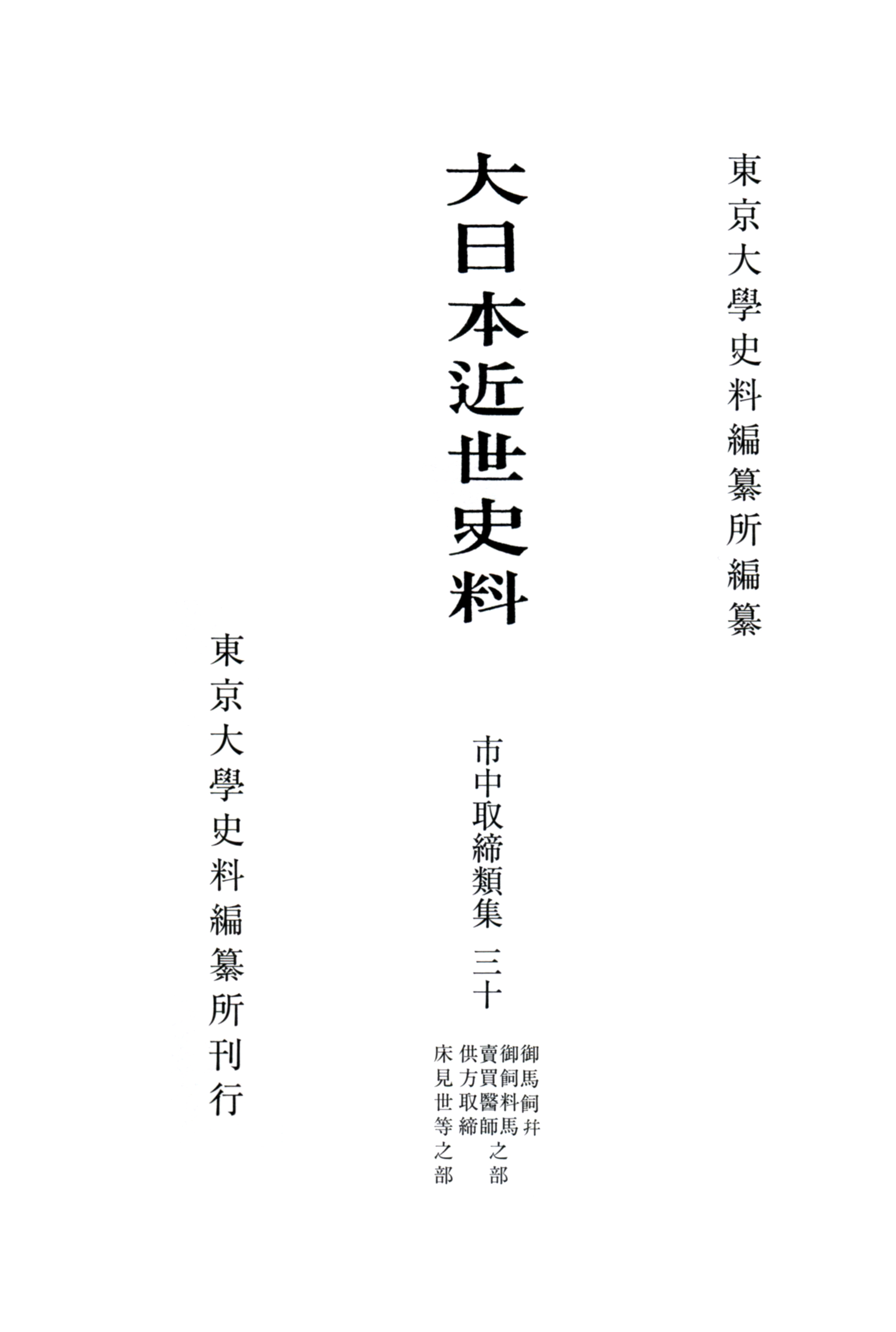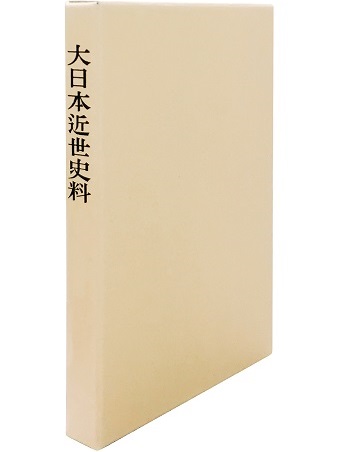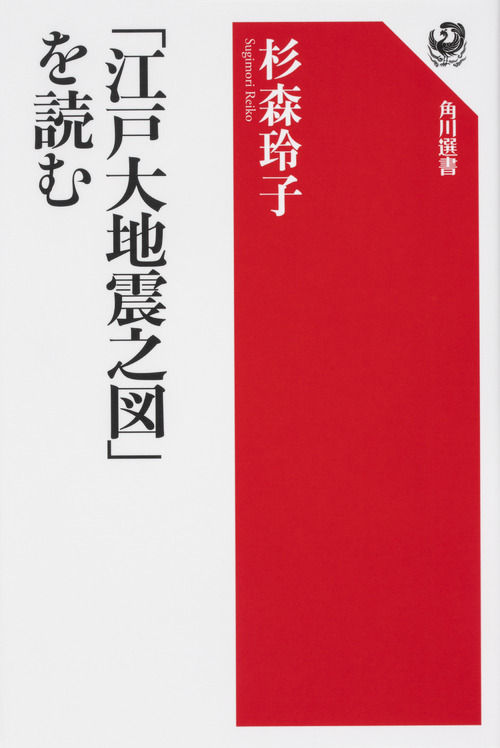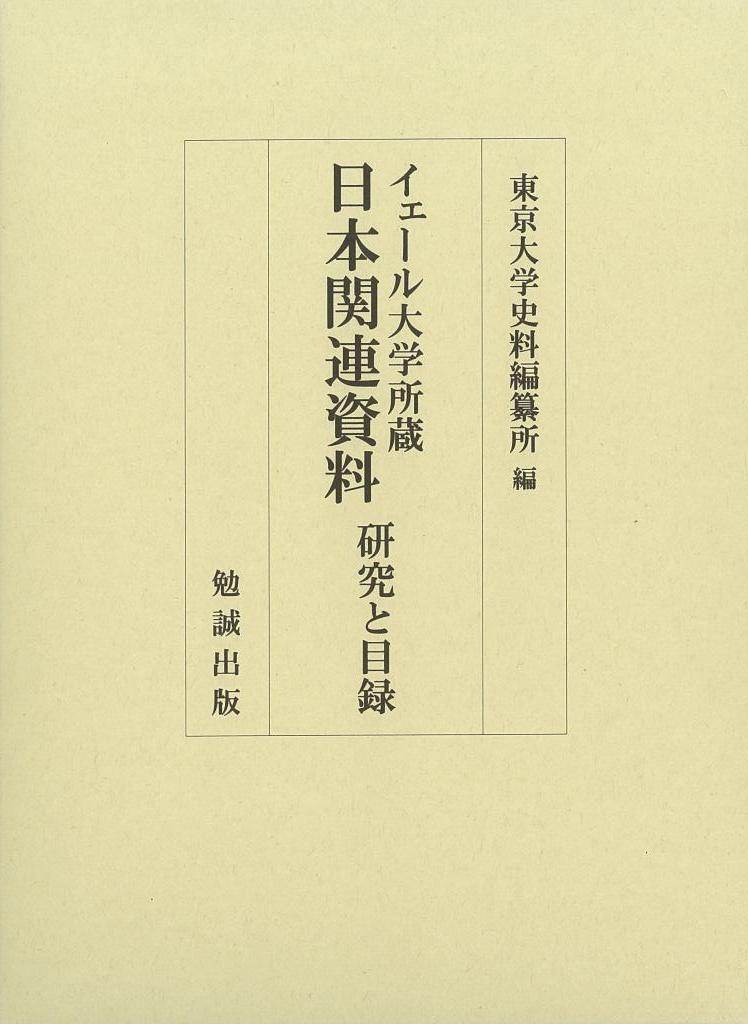
Title
Early Modern Historical Materials of Japan Shichu-torishimari ruishu (Classified Collection on City Policing, Volume 30)
Size
472 pages, A5 format
Language
Japanese
Released
April 19, 2019
ISBN
978-4-13-093030-7
Published by
University of Tokyo Press
Book Info
See Book Availability at Library
Japanese Page
This volume forms part of the Classified Collection on City Policing among documents related to the offices of the city magistrates of Edo, which were included among the documents handed over by the shogunate to Tokyo City after the fall of the shogunate in the mid-nineteenth century. These documents handed over by the shogunate to Tokyo City consisted of documents prepared and kept at offices of the shogunate in Edo, and they are today held by the National Diet Library.
As a result of the Tenpō reforms, constables were appointed to the city police departments at the offices of the city magistrates, and official proclamations relating to policing in the city of Edo, as well as documents exchanged with senior councillors, other offices, town elders, neighbourhood leaders, and so on, were organized and classified in the form of the Classified Collection on City Policing and Supplement (originally 90 vols., divided into 335 vols. at the Imperial Library) and Sequel to Classified Collection on City Policing (originally 53 vols., divided into 215 vols.). On the basis of the shelf numbers affixed to the covers of the original volumes, the Historiographical Institute at the University of Tokyo has been publishing the Classified Collection on City Policing together with the Supplement under the title Classified Collection on City Policing. It is wide-ranging in content, covering politics, the economy, society, and so on.
This volume includes a section on small shops and so on, and one of the incidents covered is the regulation of small shops. These small shops (tokomise) took various forms, ranging from permanent small wooden shops to movable stalls, and they were set up below the eaves of shops facing a main street, in empty spaces beside the abutments of bridges, and in areas set aside as firebreaks. They sold things like small everyday goods and food and did a flourishing business, but the problem was that some of them also dealt in expensive goods.
In the course of the Tenpō reforms, the senior councillor Mizuno Tadakuni gave instructions for an investigation to be conducted of all small shops in the city of Edo and for a report to be submitted. Tōyama Kagemoto, the North Magistrate, had neighbourhood leaders submit reports recording whether or not the small shops in their neighbourhoods had permits, the amounts of money they paid to the authorities, and so on. However, it was difficult to decide whether or not a shop should be allowed to remain solely depending on whether or not it had a permit, and concerned that the shopowners, who lived precariously from day to day, would be unable to make a living if their shops were removed, Tōyama asked for permission to appoint constables and have them carry out a fact-finding survey. Permission was granted, but Tōyama was transferred to the post of inspector general before the survey was completed, and his successor Abe Shōzō and the South Magistrate Torii Tadateru contended on the basis of the survey results that all small shops should be removed.
The problem remained unresolved as the magistrates were rotated, and when Tōyama returned to the position of South Magistrate he first restored the situation to what it had been previously on the grounds that those living in the back streets would be unable to make a living if all small shops were removed. He then submitted a report co-signed by Abe’s successor Nabeshima Naotaka stating that in the future, when a fire broke out or other problems arose, those shops that could not prove they had a permit would be removed, and this was accepted by the senior councillor Abe Masahiro.
This incident informs us in great detail about the circumstances of small shops in Edo at the time. Furthermore, in the dispute between senior councillor Mizuno and South Magistrate Torii on the one hand, who advocated the removal of all such small shops if they had no permit, and Tōyama on the other, who placed importance on the actual circumstances of these shops and on maintaining the livelihoods of commoners, one can detect a picture that overlaps with the image of the celebrated magistrate Tōyama no Kin-san, modelled on Tōyama, who was well acquainted with the ways of ordinary people.
Such documents conveying in concrete terms the state of affairs in the city of Edo and the policy-making process have been classified into more than fifty categories in the Classified Collection on City Policing, and it constitutes an indispensable collection of historical sources for examining the history of the shogunal government, urban social history, and so on. This is why it has been published as part of the series Early Modern Historical Materials of Japan, the aim of which is to reproduce and critically edit historical sources fundamental to the study of Japan’s early modern history.
(Written by SUGIMORI Reiko, Associate Professor, Historiographical Institute / 2019)



 Find a book
Find a book




